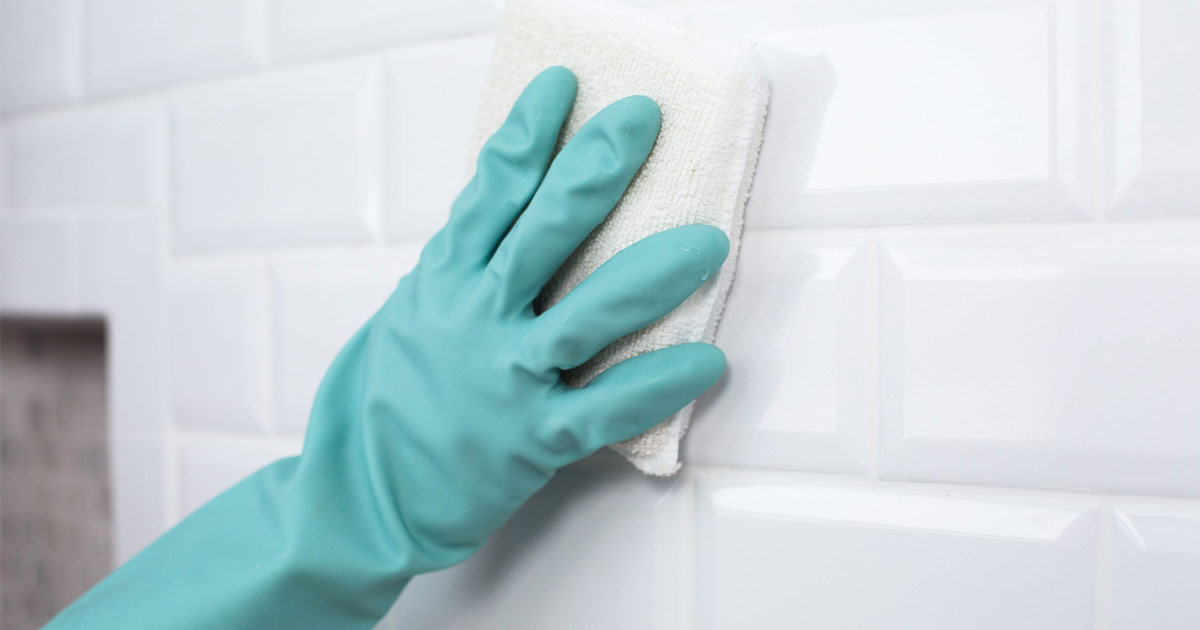
Recommendations to Avoid and Clean Tile Grout Haze
There has recently been an increase of cleaning issues related to grout residue or grout haze across the industry due to several factors, including an increase in high slip rating finished tiles, higher polymer modification of modern cementitious tile grouts, and higher use of high-performance epoxy grouts.
These factors do not mean that the products are faulty. In fact, these issues can be completely avoided if the correct process is followed when grouting.
Historically, although not necessarily recommended, tile fixers have grouted up to 20m2 at a time before cleaning away grout and grout residue. This allows the potential for grout to dry and stick. Additionally, cleaning such a large area at once generally means that the sponge and water is dirty by the end of the clean, and grout residue is being spread around the surface of the tile.
This leftover grout residue we refer to as ‘grout haze’. While this can be visible immediately after grouting, sometimes the tiles can appear clean. This can also be dependent on the tile and grout colour being used. When the tiles appear clean, it can lead to further complications as the grout haze itself takes in dirt, footprints etc that are very hard to remove. It appears the tiles are staining, when in actual fact, the grout haze on the surface is holding in the stain and must be removed for the floor to be clean.
At Volare, we recommend the following simple steps to provide to your tiler to avoid grout haze:
- Use 2 buckets when grouting - one with clean water to rinse the sponge and the other to be used for removing excess from the sponge, which will naturally become dirty faster
- Grout a small area, 2-3m2 at a time, before cleaning away grout. This will give grout less time to dry on the surface.
- Consistently change over the clean water bucket to ensure not to be collecting excess grout from earlier in the clean when rinsing the sponge and placing it back on the surface.
Using too much water is a mistake that can be made in cementitious grout cleaning, which can also discolour the grout. By following the above recommendations and limiting the amount of water used in the grout cleaning process, you will achieve the best finish.
If there is grout haze following the installation, it can be cleaned.
Volare recommends the following Mapei products (depending on the grout type) for cleaning:
Always ensure to follow the product data sheet for the full application information and conduct a test area first to check the process. It is important to use the correct cleaning products as the haze holds in remnants of other products if they are used.
Another common misconception with grout haze is when the tiles mark easily or are hard to clean and therefore should have been sealed. Glazed porcelain tiles do not need to be sealed - this is what the glaze is for. In fact, the haze needs to be completely and properly removed and then normal maintenance procedures can apply.
Grout haze is an issue that has existed in our industry for many years but with the evolution of tile and grout products, it is important to continually update and provide information for our clients and tilers of correct processes.
If you’re not already, follow along at @volaretilesandflooring to view projects, products and other advice, as well as keep up to date with news and announcements.




